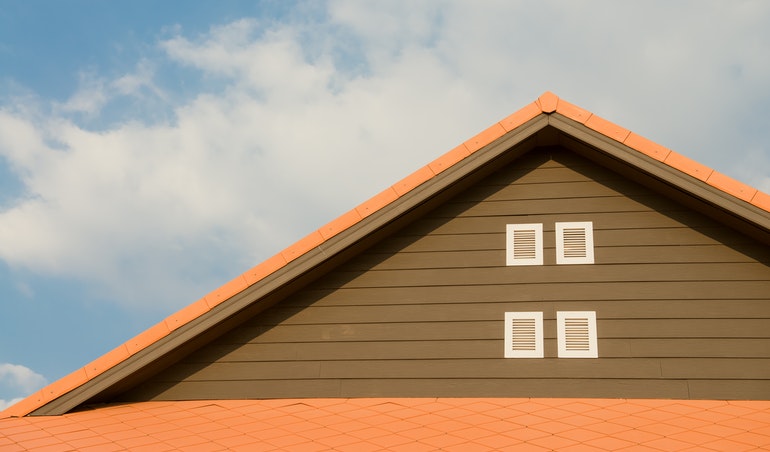The phrase “going green” has more than one connotation. You’re helping the environment, of course, but you’re also helping your bank account. The money you’ll save from tax credits for sustainability can be well worth the effort of making green repairs. For many homesteaders, this effort might not even be too crazy.
Even a small improvement in energy efficiency can yield high returns, and with green tax credits, you’ll find that your investments pay for themselves. In using these tax credits for sustainability, you’ll enjoy the financial benefits of modern technology while reducing harmful emissions. It’s a win-win.
That said, you’ll need to have a grasp on current programs and policies to take full advantage of what they have to offer. We’ll walk you through the need-to-know details of the process so that you can make a difference in both your utility bill and your carbon footprint.
Residential Renewable Energy Tax Credits
So what qualifies a residential property for renewable energy tax credits? It may seem like a complicated subject at first, but basic research can clarify any confusion you might have moving forward. We’ll summarize the main points to give you an overview of current government programs.
As a taxpayer, you can claim a credit of 30 percent of qualified expenditures for a system that serves your residence. Expenditures include the labor costs associated with the on-site preparation, assembly, installation and wiring or piping for interconnection with the home. Details vary by technology. For example, a solar-electric property follows these guidelines:
- 30 percent for systems in place by 12/31/2019
- 26 percent for systems in place after 12/31/2019 and before 01/01/2019
- 22 percent for systems in place after 12/31/2020 and before 01/01/2022
As you can see, it’s important to invest in energy-efficient technology sooner rather than later. There are other details to account for, but the most critical point to understand is that the government will help you offset the cost of new systems. Which systems you choose depends on a number of different factors.

Home Improvements and Renovations
You don’t necessarily need solar-electric infrastructure powering your property to benefit from tax credits. With the subtle integration of more minor improvements, you can capitalize on government programs without dramatically altering your residential property.
Let’s walk through one example of a relatively simple way to make your property greener. You might decide on energy-efficient roofing, for instance, which has incredible potential as a long-term solution for energy savings. Most homesteaders will already need to make this repair within a decade or two, so investing in a material with higher insulation can help them cut down on utility bills for years to come. Plus, the U.S. Department of Energy offers a tax credit worth 10 percent of the roofing’s total cost.
Before proceeding with your renovations, however, you should check to see if the materials you plan to use meet the technical efficiency standards set by the Department of Energy. This information is available from the manufacturer, and it’s crucial to know moving forward.
Once you’re positive your materials qualify, consider adjustments to the following features of your homestead:
- Exterior doors
- Windows
- Insulation
Upgrades like geothermal heat pumps are excellent for sustainability, but you don’t need to invest in major changes. Renovations on any one of the three items listed above can reduce your energy expenditure and utility costs. You’ll just have to determine which will work best.
We’ll leave you with one final piece of advice to consider. As you make the transition toward sustainability, it’s essential for you to differentiate between nonbusiness and business tax credits. By doing so, you’ll avoid costly mistakes caused by misinformation, investing in the correct technology and improvements. If you’re running a business out of your homestead, this can be tricky to navigate, so we recommend consulting with a professional if you’re unsure.

Tax Credits For Sustainability
You value your property, and you value the planet. Luckily, homesteaders can make needed improvements with a little added financial incentive for going green. We recommend additional research into the subject of tax credits for sustainability so that you can feel secure in the systems you choose for your homestead.
As long as you take a step toward reducing your emissions and embracing the green life, you’re moving in the right direction.










